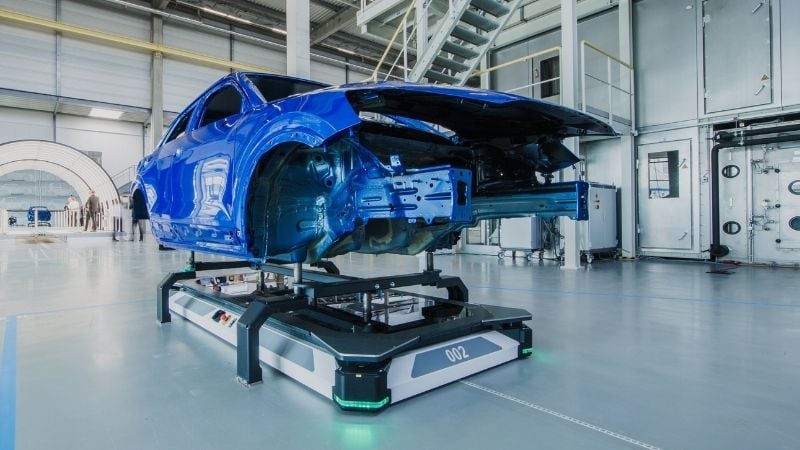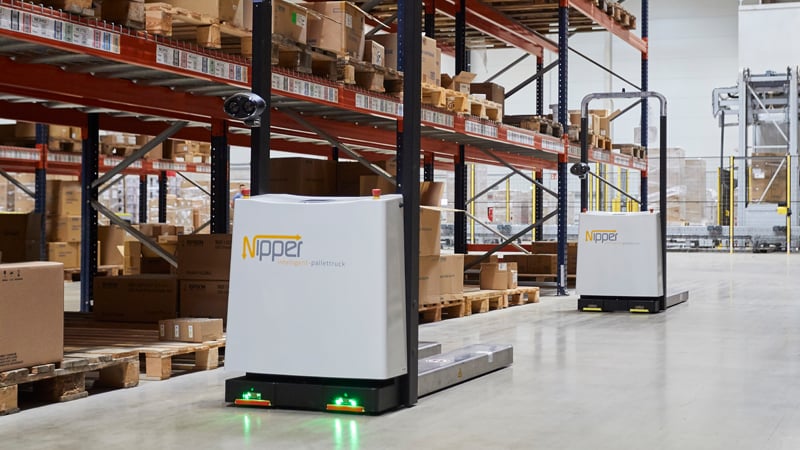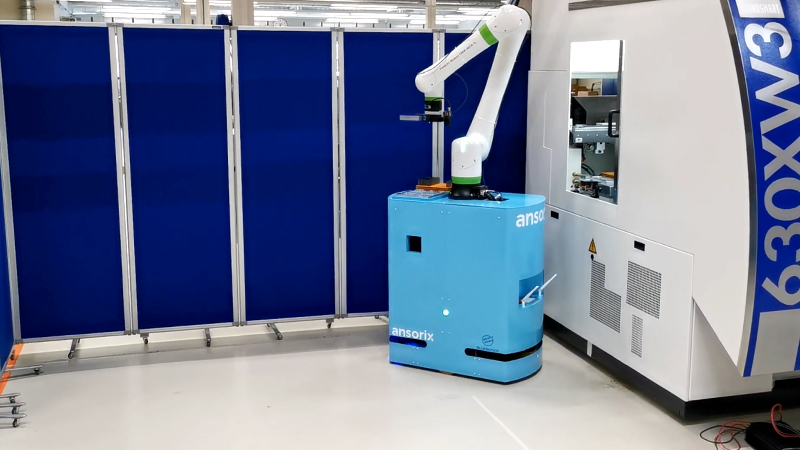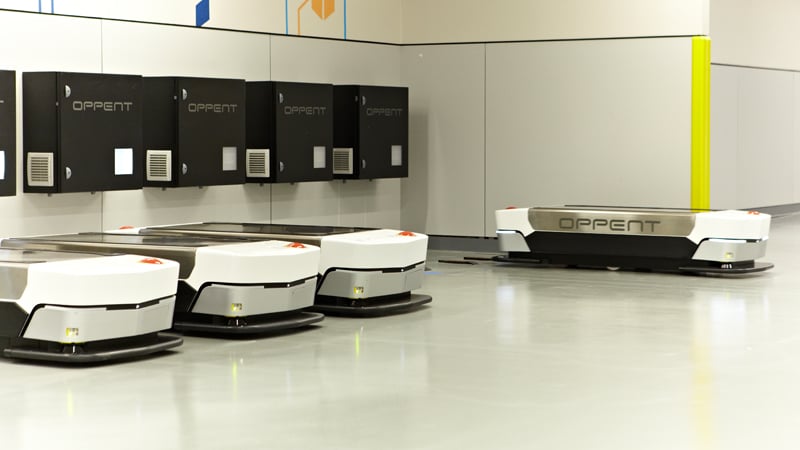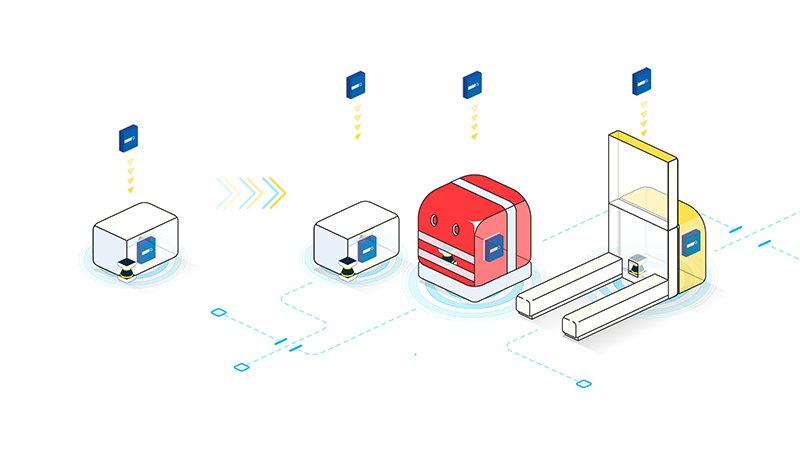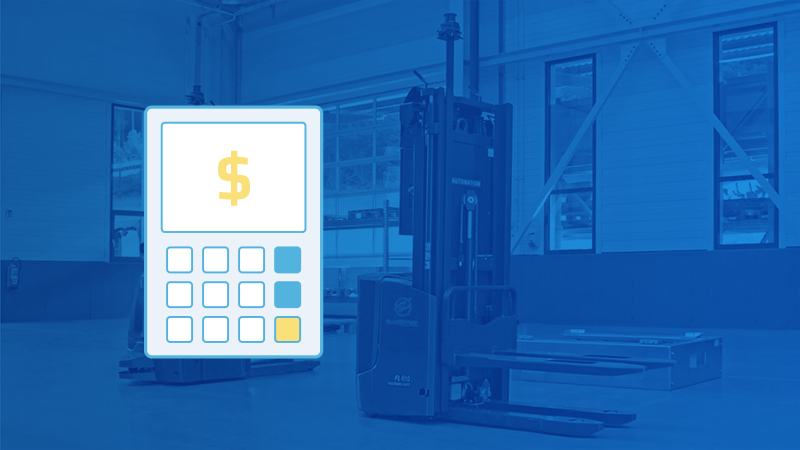1. How is the vehicle installed?
You may have explored a vehicle’s functionality, but have you considered how it is installed? Will it take a matter of hours, just a few days, or weeks of integration with third-party personnel on-site disrupting your normal operations?
The main factor determining commissioning times is the type of navigation technology used to run the vehicle. AGVs based on natural navigation, such as ANT navigation, are typically quick to install since they do not require permanent changes to a site’s infrastructure.
Read -> AGV integration explained
2. How easy is it to modify routes?
Businesses change and sites evolve. At some point you are likely to want to change the routes that your AGVs travel. Will this be as simple as reprogramming digital (virtual) paths, or will updates require more substantial and time-consuming physical changes? Make sure your AGV investment is not going to create a large new expense every time your needs change.
3. How easily can you scale up your AGV fleet?
You may not require multiple automated vehicles today, but if your AGV installation is a success then you might in future. Adding a new vehicle to your operation should not mean a whole new installation project, so look closely at what fleet management options are offered with the AGV you are considering. Make sure you understand how easy it is, and how long it takes, to add new vehicles to your project.
Also, will a supplier’s fleet management software tie you to one type or brand of vehicle? Or can it accommodate other brands of AGV (as ANT navigation can), so that you are not locked into one vehicle vendor and have the widest possible choice of vehicles?
4. What kind of maintenance plan is offered?
Automated guided vehicles are only useful when they are doing what they are programmed to do, so be sure you plan how to keep them working.
Ensure you have access to an AGV maintenance plan that suits your business’ needs and budget. You should typically budget around 10% of an AGV’s sticker price for maintenance per year.
5. How proven is the system in real-world applications?
You need to understand the risks associated with your choice. So, be sure to understand whether you are an AGV startup’s first customer, or whether the company has thousands of vehicles installed and proven in global applications. Ideally, try to speak to several other users of your preferred AGV system before you sign that purchase order.

